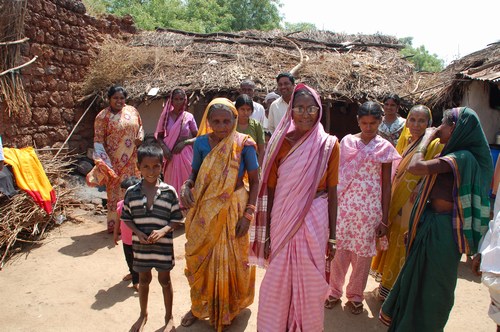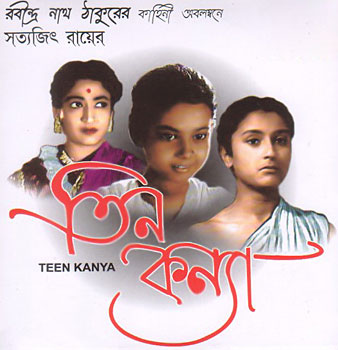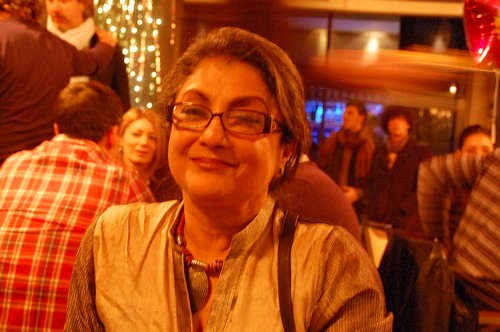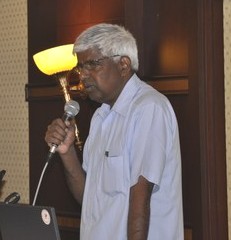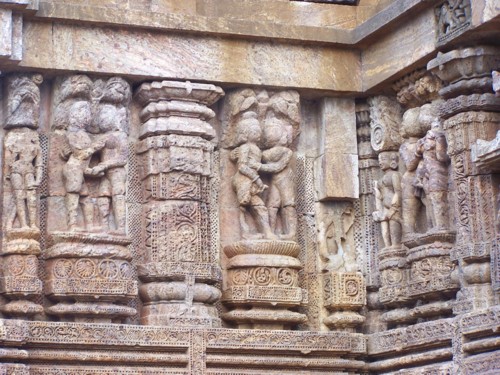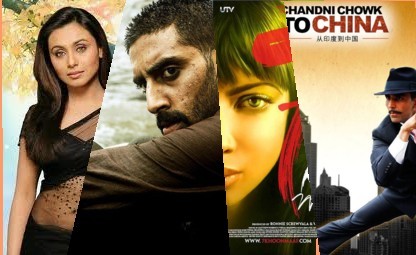A lazy morning after busy days that started early in the morning and finished late at night. Sitting in the hotel room in Goiania. I need to take shower and start getting ready for lunch at my friend Deo's home. Lucas, her grandson will come to pick me up in about an hour.
I am thinking of the small girl in Vila Esperança yesterday, who had asked Renata, "If he was born in India, why does he live in Italy?", clearly puzzled by the idea of leaving the place she has grown up in and loved so much, to go and live some where else.
Yesterday I also had a long talk with Pio, who had left his Armani suits and well paid job in Milan to come and live in Goias Velho, to start Vila Esperança, together with Max. That was 22 years ago. I am sure that lot of persons ask him, why did you leave Italy to come and live in Brazil? I didn't ask him that, but the idea that he could understand my feelings of mixed identities, made it easier to talk to him.
French-Libanese writer Amin Maalouf had written in "On Identity":
Amin Maalouf's words resonate with me. I was born in India and Hindi is my mother tongue. It is the language of all those books in papa's book shelf, that I had started reading as a kid. Nanak Singh, Kishen Chander, Rangey Raghav, Mohan Rakesh, Nirmal Varma .. It is the only language in which I can really appreciate poetry. It is the language of my childhood friends.
English is the language of my logic and reasoning. It is the language of discovering writers from different parts of the world. It is the language of my work. It is also the language that I am most comfortable in writing.
And I dream in Italian, the language in which I talk to my wife and son. Italian is the language I read most now. It is the language that I like using for talking to small babies and dogs and birds and trees.
But Brazilian Portuguese is also my language, as are bits and pieces of French and Chinese. They are all parts of me. Languages, people, friends, journeys, memories, experiences, all are part of me. That is what "I am", if I can borrow the title from Onir's film. My complex identity, that is not always so easy to explain.
I am thinking of the small girl in Vila Esperança yesterday, who had asked Renata, "If he was born in India, why does he live in Italy?", clearly puzzled by the idea of leaving the place she has grown up in and loved so much, to go and live some where else.
Yesterday I also had a long talk with Pio, who had left his Armani suits and well paid job in Milan to come and live in Goias Velho, to start Vila Esperança, together with Max. That was 22 years ago. I am sure that lot of persons ask him, why did you leave Italy to come and live in Brazil? I didn't ask him that, but the idea that he could understand my feelings of mixed identities, made it easier to talk to him.
French-Libanese writer Amin Maalouf had written in "On Identity":
..someone comes and pats me on the shoulder and says "Of course, of course - but what do you really feel, deep down inside?"
For a long time I found this oft-repeated question amusing, but it no longer makes me smile. It seems to reflect a view of humanity which, though it is widespread, is also in my opinion dangerous. It presupposes that "deep down inside" everyone there is just one affiliation that really matters, a kind of "fundamental truth" about each individual, an "essence" determined once and for all at birth, never to change thereafter. As if the rest, all the rest - a person's whole journey through time as a free agent; the beliefs he acquires in the course of that journey; his own individual tastes, sensibilities and affinities; in short his life itself - counted for nothing. And when, as happens so often nowadays, our contemporaries are exhorted to "assert their identity", they are meant to seek within themselves that same alleged fundamental allegiance, which is often religious, national, racial or ethnic, and having located it they are supposed to flaunt it proudly in the face of others.
Anyone who claims a more complex identity is marginalised. But a young man born in France of Algerian parents clearly carries within him two different allegiances or "belongings", and he ought to be allowed to use both. For the sake of argument I refer to two "belongings", but in fact such a youth's personality is made up of many more ingredients. Within him, French, European and other western influences mingle with Arab, Berber, African, Muslim and other sources, whether with regard to language, beliefs, family relationships or to tastes in cooking and the arts. This represents an enriching and fertile experience if the young man in question feels free to live it fully - if he is encouraged to accept it in all its diversity. But it can be traumatic if whenever he claims to be French other people look on him as a traitor or renegade, and if every time he emphasises his ties with Algeria and its history, culture and religion he meets with incomprehension, mistrust or even outright hostility.
Amin Maalouf's words resonate with me. I was born in India and Hindi is my mother tongue. It is the language of all those books in papa's book shelf, that I had started reading as a kid. Nanak Singh, Kishen Chander, Rangey Raghav, Mohan Rakesh, Nirmal Varma .. It is the only language in which I can really appreciate poetry. It is the language of my childhood friends.
English is the language of my logic and reasoning. It is the language of discovering writers from different parts of the world. It is the language of my work. It is also the language that I am most comfortable in writing.
And I dream in Italian, the language in which I talk to my wife and son. Italian is the language I read most now. It is the language that I like using for talking to small babies and dogs and birds and trees.
But Brazilian Portuguese is also my language, as are bits and pieces of French and Chinese. They are all parts of me. Languages, people, friends, journeys, memories, experiences, all are part of me. That is what "I am", if I can borrow the title from Onir's film. My complex identity, that is not always so easy to explain.

